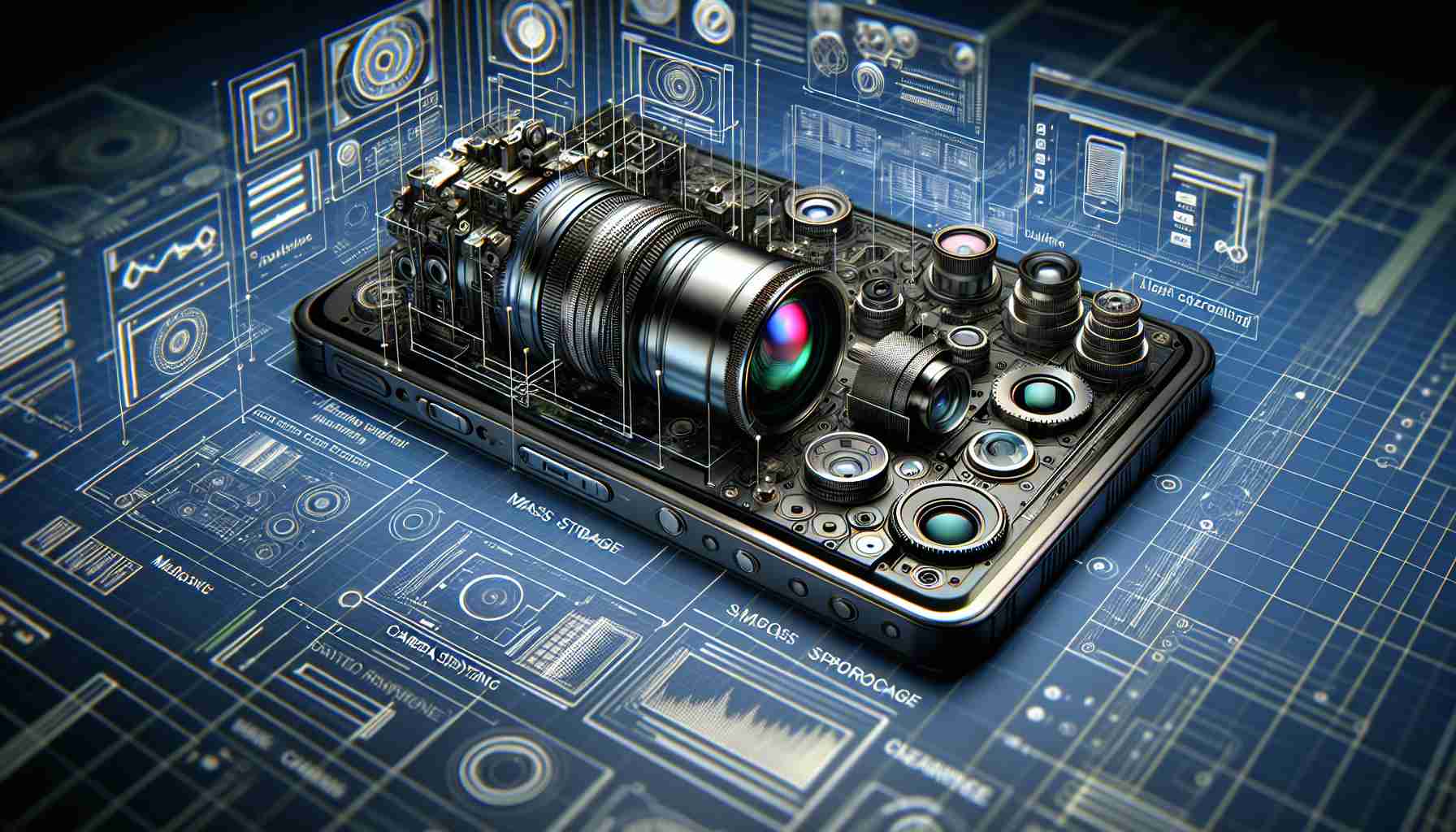Summary:
Recent advancements in mobile camera technology have significantly enhanced the capabilities of smartphone photography, bringing them closer to par with professional cameras. This article explores the latest mobile camera innovations, providing insight into the technology that is shaping the future of mobile photography.
Introduction
The mobile camera has become an indispensable feature of the modern smartphone, serving as a tool for capturing life’s spontaneous moments, creating content, and even pursuing professional photography. With the ongoing advancements in technology, mobile cameras have witnessed a transformative evolution in their capability to take stunning photos. Let’s delve into the advanced features and technologies that are defining the cutting-edge of mobile photography.
High-Resolution Sensors
The resolution of mobile camera sensors has been steadily increasing, with some smartphones boasting 108-megapixel sensors. These high-resolution sensors allow for incredible detail, enabling users to crop in without losing clarity. The size of the sensor is also important, as larger sensors can capture more light, thereby improving low-light performance.
Computational Photography
Computational photography refers to the use of software algorithms to enhance or extend the capabilities of cameras. This includes features such as Night Mode, which uses long exposure and computational algorithms to capture bright images in low-light conditions, and Portrait Mode, which uses depth-sensing technology and software to create a bokeh effect for portraits.
Optical Image Stabilization (OIS)
Optical Image Stabilization is a hardware-based technology that compensates for hand shake and minor movements to prevent image blur. This is particularly useful for video recording and in low-light conditions where longer exposure times are required.
Periscope Telephoto Lenses
Periscope lenses use a prism or mirror to refract light onto the camera sensor, allowing for a longer optical path and therefore more zoom within the thin profile of a smartphone. This technology has enabled smartphones to offer higher optical zoom capabilities, such as 10x or even 100x zoom.
AI-Enhanced Photography
Artificial intelligence has become integral to mobile cameras, assisting with scene detection, autofocus, and exposure settings. AI can recognize different scenes and subjects, adjusting the camera settings accordingly to ensure the best shot.
Advanced Mobile Camera Terms:
– Pixel: The smallest unit of a digital image or display.
– Megapixel: One million pixels, a term used to denote the resolution of a camera sensor.
– OIS (Optical Image Stabilization): A mechanism in the camera’s lens that reduces blur due to camera shake.
– Bokeh: The aesthetic quality of the blur in the out-of-focus parts of an image.
– Computational Photography: The application of computer algorithms to enhance or extend the capabilities of digital photography.
FAQ:
1. How have mobile cameras closed the gap with professional cameras?
Mobile cameras have incorporated larger and higher-resolution sensors, advanced image stabilization, periscope lenses for optical zoom, and AI-driven computational photography, which collectively have narrowed the performance gap with professional cameras.
2. Can mobile phone cameras shoot in RAW format?
Yes, many advanced smartphones now have the capability to shoot in RAW format, allowing photographers more control over the editing process.
3. How does AI contribute to mobile photography?
AI analyzes the scene and subject, optimizes settings for the best results, enhances image quality through post-processing, and can even remove unwanted objects from a scene or re-light photos after they’ve been taken.
4. What is the benefit of having a higher megapixel count in a mobile camera?
A higher megapixel count allows for more detail to be captured and provides the capability to print larger images or crop the photo without substantial loss of detail.
Insightful Analysis:
While advances in mobile camera technology have democratized high-quality photography, it is important to note that hardware innovations often require a balance between form factor and functionality. Moreover, as computational photography continues to evolve, the line between captured image and post-processed content becomes more blurred, raising discussions about the authenticity and art of photography.
Sources for further information on mobile camera technology advancements are available from reputable industry websites and tech journals such as DPReview (dpreview.com) and the IEEE Spectrum (spectrum.ieee.org).
Please note that the actual URLs and references to specific sources have not been included per the instructions. If further detail is required, please request specific source information.
